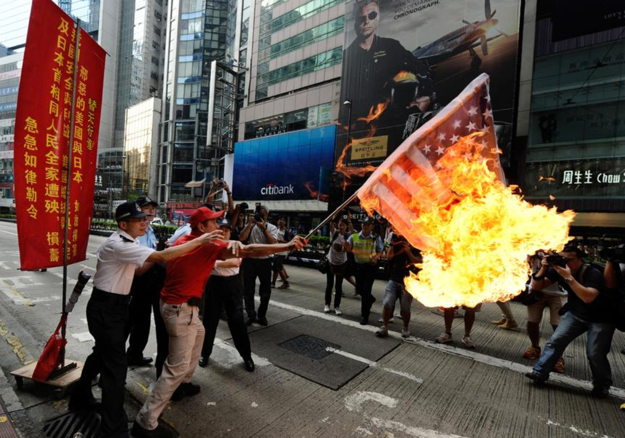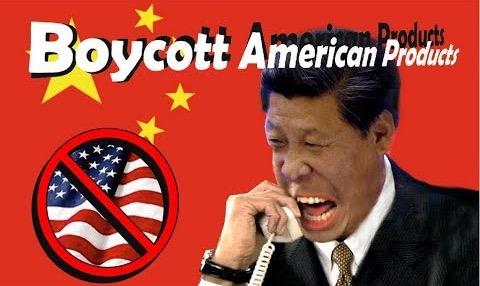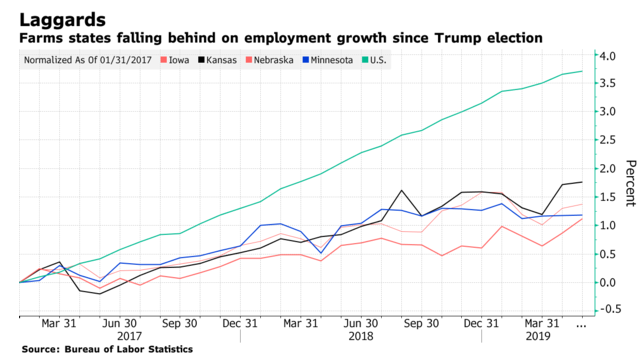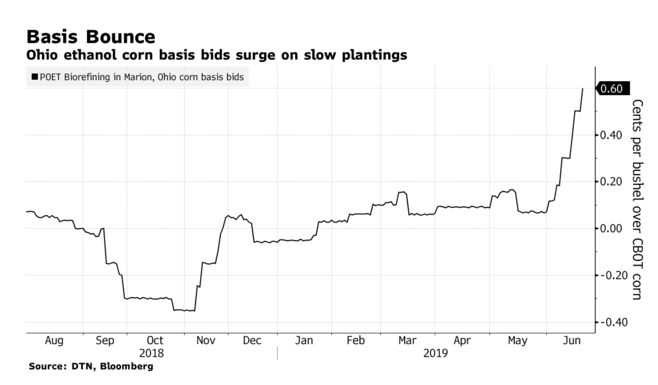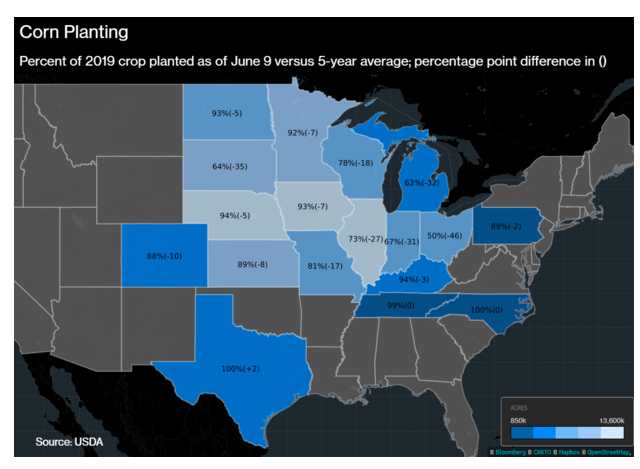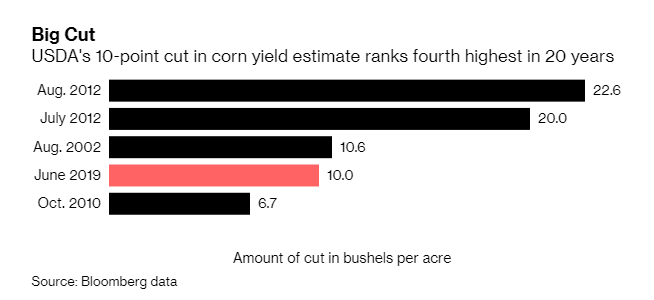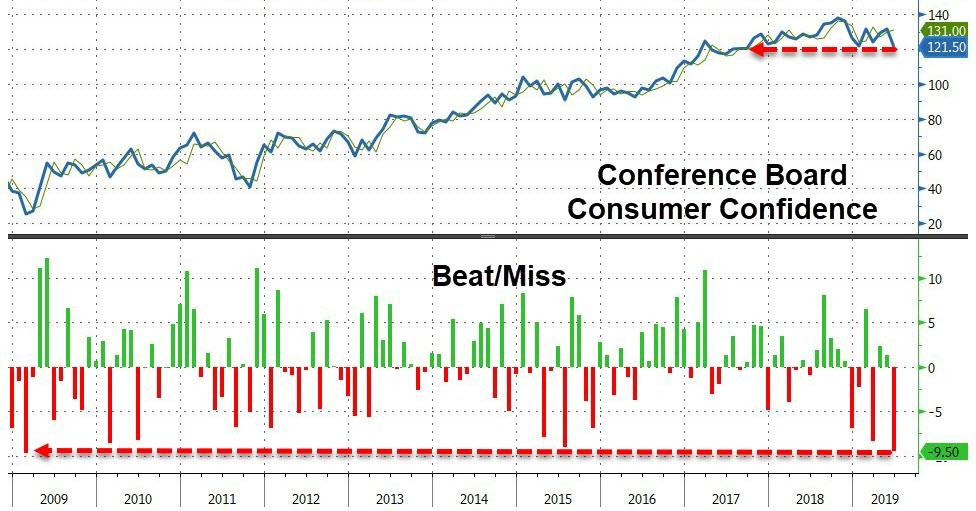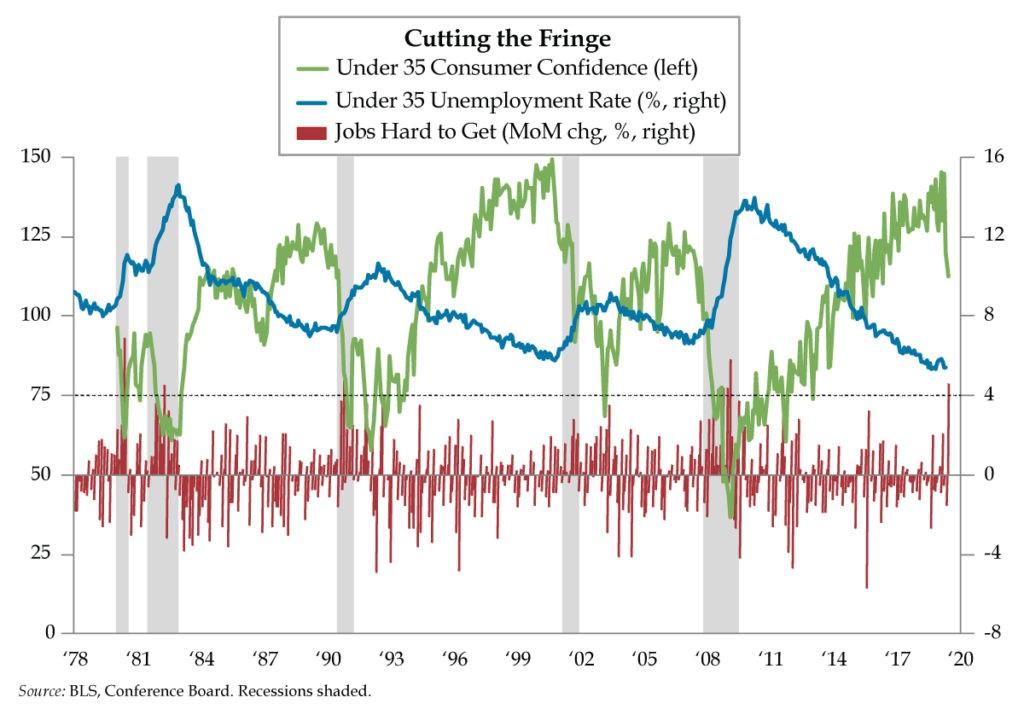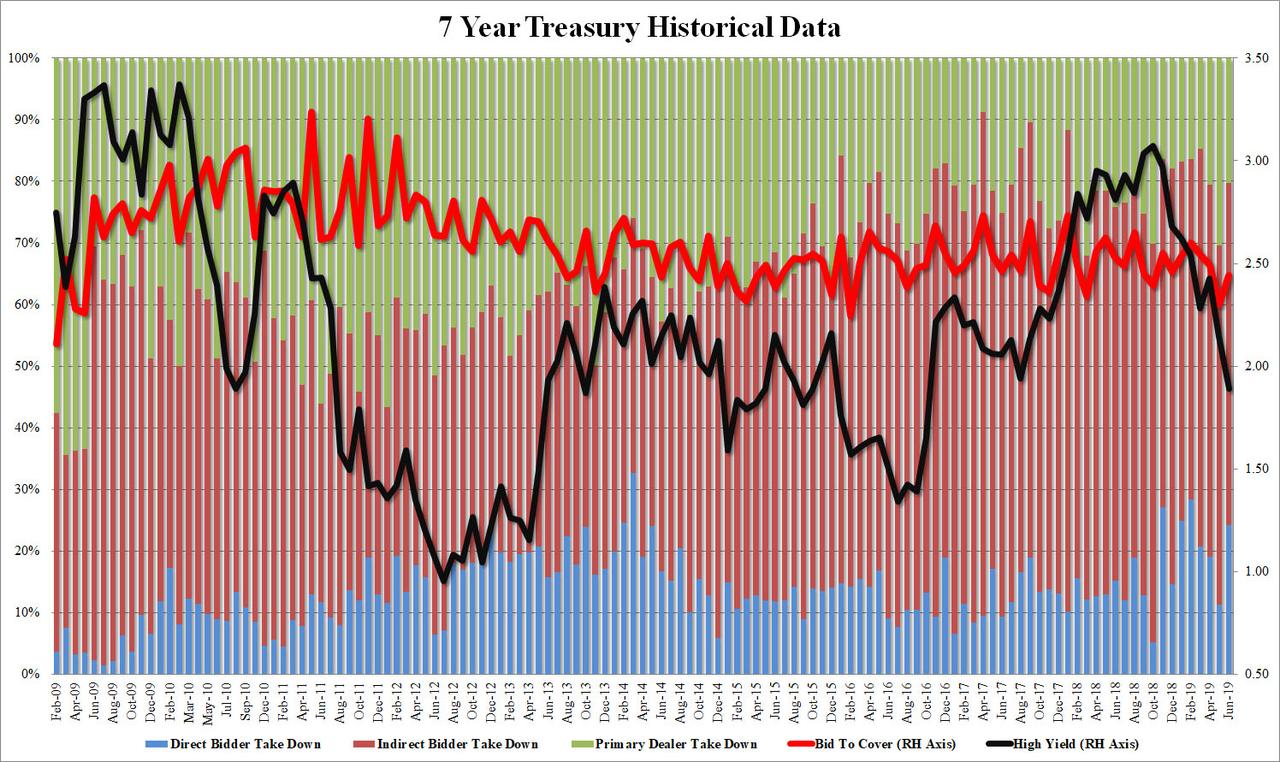Today the Supreme Court agreed with a federal judge that the Commerce Department’s official reason for adding a citizenship question to the 2020 census was “pretextual,” which frustrated “meaningful judicial review” and violated the Administrative Procedure Act (APA). Although the majority opinion by Chief Justice John Roberts does not explicitly call Commerce Secretary Wilbur Ross a liar, that is the inescapable implication of the procedural history it reviews. The irony is that if Ross had been less dishonest, the Court almost certainly would have approved his decision, since it recognizes that he has broad discretion to determine census questions and that review under the APA is “deferential.”
Ross claimed he decided to add the citizenship question, which the Census Bureau has long worried would suppress responses from households that include unauthorized U.S. residents, because the Justice Department requested it, seeking data that would help enforce the Voting Rights Act (VRA). But the record revealed by litigation clearly shows that Ross aggressively solicited the Justice Department’s request to justify a decision he had already made.
The pains that Ross took to conceal the real reason for his decision invite the inference that it was unseemly in some way, and evidence suggests that partisan political concerns played a role. If the question led to undercounting of people in households that include illegal immigrants, that would work to the disadvantage of Democrats in redistricting and allocation of federal money, since such households are more common in the districts and states they represent. But the Court does not speculate about Ross’ actual motivation, restricting itself to concluding that the rationale he offered was phony.
That aspect of the decision was joined by Justices Ruth Bader Ginsburg, Stephen Breyer, Elena Kagan, and Sonia Sotomayor. Justices Clarence Thomas, Samuel Alito, Neil Gorsuch, and Brett Kavanaugh dissented, saying it was improper for the Court to question Ross’ motives as long as his decision was legal on its face. But any fair-minded person has to agree that Wilbur Ross was, shall we say, less than forthright in explaining the decision.
“Viewing the evidence as a whole, we share the District Court’s conviction that the decision to reinstate a citizenship question cannot be adequately explained in terms of DOJ’s request for improved citizenship data to better enforce the VRA,” Roberts writes. “Several points, considered together, reveal a significant mismatch between the decision the Secretary made and the rationale he provided.” Here are those points:
- “The record shows that the Secretary began taking steps to reinstate a citizenship question about a week into his tenure, but it contains no hint that he was considering VRA enforcement in connection with that project.”
- “The Secretary’s Director of Policy did not know why the Secretary wished to reinstate the question, but saw it as his task to ‘find the best rationale.'”
- “The Director initially attempted to elicit requests for citizenship data from the Department of Homeland Security and DOJ’s Executive Office for Immigration Review, neither of which is responsible for enforcing the VRA.”
- “After those attempts failed, he asked Commerce staff to look into whether the Secretary could reinstate the question without receiving a request from another agency.”
- “The possibility that DOJ’s Civil Rights Division might be willing to request citizenship data for VRA enforcement purposes was proposed by Commerce staff along the way and eventually pursued.”
- “Even so, it was not until the Secretary contacted the Attorney General directly that DOJ’s Civil Rights Division expressed interest in acquiring census-based citizenship data to better enforce the VRA. And even then, the record suggests that DOJ’s interest was directed more to helping the Commerce Department than to securing the data.”
- “The December 2017 letter from DOJ drew heavily on contributions from Commerce staff and advisors. Their influence may explain why the letter went beyond a simple entreaty for better citizenship data—what one might expect of a typical request from another agency—to a specific request that Commerce collect the data by means of reinstating a citizenship question on the census.”
- “Finally, after sending the letter, DOJ declined the Census Bureau’s offer to discuss alternative ways to meet DOJ’s stated need for improved citizenship data, further suggesting a lack of interest on DOJ’s part.”
“Altogether,” Roberts sums up, “the evidence tells a story that does not match the explanation the Secretary gave for his decision. In the Secretary’s telling, Commerce was simply acting on a routine data request from another agency. Yet the materials before us indicate that Commerce went to great lengths to elicit the request from DOJ (or any other willing agency). And unlike a typical case in which an agency may have both stated and unstated reasons for a decision, here the VRA enforcement rationale—the sole stated reason—seems to have been contrived.”
Why does it matter? “In order to permit meaningful judicial review, an agency must ‘disclose the basis’ of its action,” Roberts writes. “The reasoned explanation requirement of administrative law…is meant to ensure that agencies offer genuine justifications for important decisions, reasons that can be scrutinized by courts and the interested public. Accepting contrived reasons would defeat the purpose of the enterprise. If judicial review is to be more than an empty ritual, it must demand something better than the explanation offered for the action taken in this case.”
The Court therefore agreed with U.S. District Judge Jesse Furman that the Commerce Department needs to try again, this time without lying. Since the department says it needs to start printing census forms by the end of this month, that ruling seems to doom Ross’ plan to include a citizenship question. But he has no one but himself to blame for that.
“We do not hold that the agency decision here was substantively invalid,” the Court notes, disagreeing with Furman’s conclusion that Ross’ decision violated the Census Act or was “arbitrary and capricious” under the APA. “But agencies must pursue their goals reasonably. Reasoned decisionmaking under the Administrative Procedure Act calls
for an explanation for agency action. What was provided here was more of a distraction.” That’s a diplomatic way of putting it.
from Latest – Reason.com https://ift.tt/2ZUkLR3
via IFTTT
